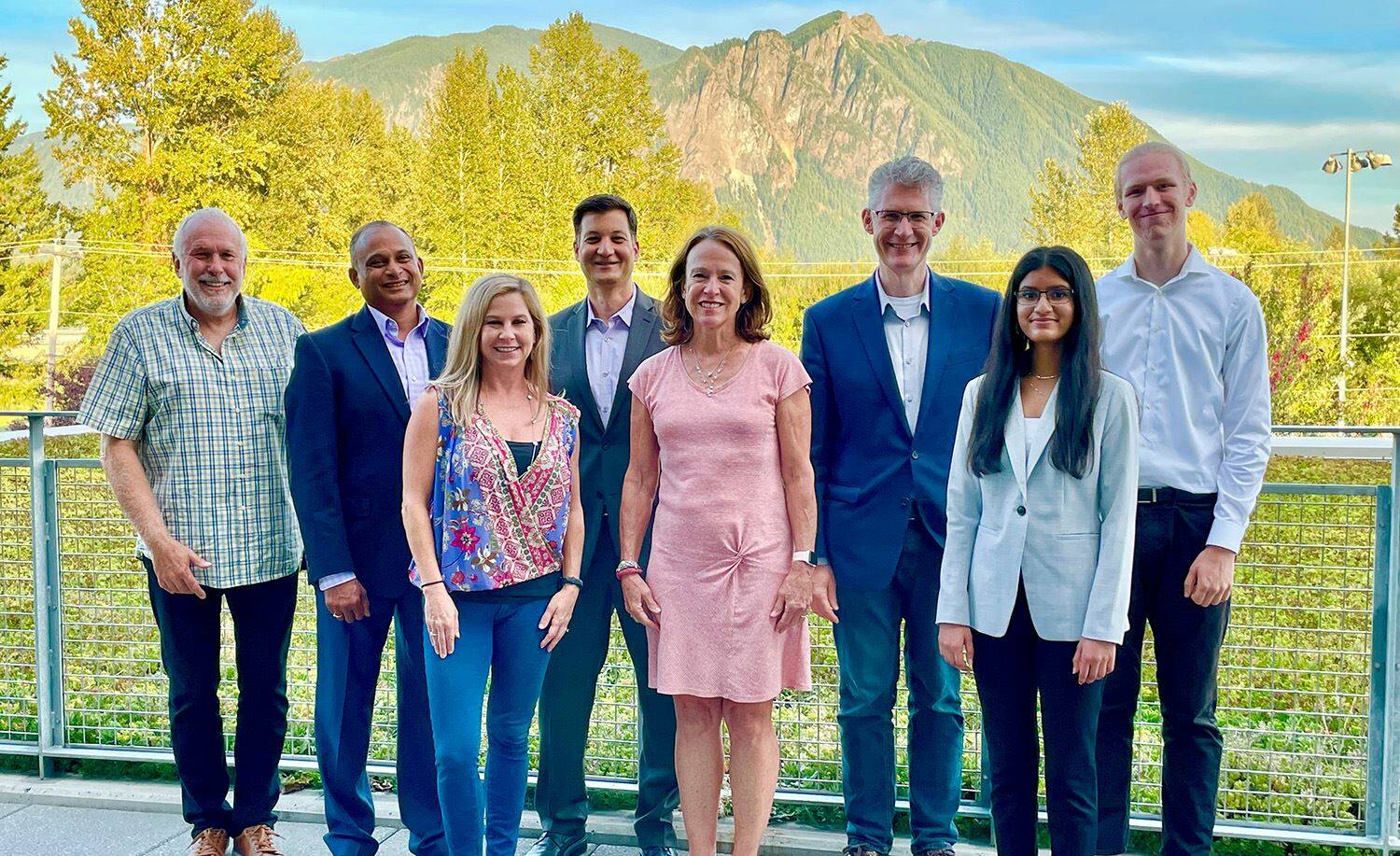The Snoqualmie Valley School District and North Bend City Council held a joint meeting Dec. 8 to discuss capacity and facility improvements needed at the city’s two elementary schools over the next 20 years.
The improvements are part of the district’s long-range facility plan that has been in the works since 2020, but was stalled by the pandemic. A committee has resumed action on the plan this fall and has been collecting feedback about needs district-wide.
“One of the things I noticed was missing when I got here was a long-range facilities plan that looks at the capacity of our buildings,” District Superintendent Lance Gibbon said at the council’s Nov. 2 meeting.
The joint meeting comes after several members of the city council criticized the district for not doing enough to address capacity concerns at North Bend and Opstad elementary schools.
The preliminary 20-year plan would be spaced out over three phases in a 10-15 year period, and look to modernize or construct new school facilities. The district has determined Snoqualmie Middle School, North Bend Elementary and Fall City Elementary are in the most need of repair.
The first phase of the plan, which would require a voter-approved bond to move forward, would take place over a five-year span and look to add several improvements, including a replacement for Snoqualmie Middle School, a replacement North Bend Elementary, and a replacement or expanded Fall City Elementary. Ryan Stokes, assistant superintendent, said the plan so far is preliminary.
The second phase would update or rebuild Opstad Elementary, renovate Chief Kanim Middle School and convert Snoqualmie Middle School for a new function.
The district currently owns land next to Twin Falls Middle School that could provide space for a third school, but the facilities planning committee is hoping to prioritize modernization and expansion at North Bend and Opstad over construction of a third elementary school.
Still, significant modernization at North Bend Elementary’s current site is difficult because of floodplain restrictions and the area’s small space. Stokes said the district does not see it as a viable option.
A new school would need to be raised roughly 6 to 7 feet to meet current flood restrictions and be two stories high, while also staying below the city’s building height restriction of 35 feet.
“In order to make improvements at North Bend Elementary that are meaningful, we will probably need to build a new North Bend Elementary,” Stokes said.
Stokes said a new North Bend Elementary could be built between the current building and the Twin Falls campus, which might avoid some of the flooding issues. He added the district will have to work with the city on its plans going forward. If a new North Bend Elementary is built with a permanent capacity of 750 students, it would be enough to meet the city’s projected growth needs out to 2024, based on pre-pandemic projections.
“We’ve got quite a lot of work and quite a lot of feedback still to collect as we try to develop a recommendation that would go to the school board for a bond proposition,” Stokes said.
When completed, the first phase is expected to eliminate 43 portables, which is nearly half of those in the district. The district’s reliance on portables was one issue the city council asked the district to address.
Fall City, North Bend and Snoqualmie Elementary all have nearly half of their current capacity fulfilled by portables. Stokes said portables have been a necessary way to quickly address growth over the last decade.
“We’ve had massive growth and had to react very quickly to it and that ends up being a lot of portables,” Stokes said. “Now we’ve started to catch up and it’s time to look at those and how we get rid of a lot of them.”
Board President Melissa Johnson said although she dislikes portables, it is important not to vilify them, because they are functionally usable and impossible for the district to fully get rid of.
“It would be hard to justify a bond to get rid of them when teachers are OK with it and kids don’t care as long as there is some shared learning environment,” she said. “That seems to be the biggest miss.”
The council also voiced frustrations that the district has directed most of its resources toward Snoqualmie schools over the last decade. Board Vice President Geoff Doy said the board put facilities where there was the greatest growth.
“We’ve always had capacity in North Bend and Opstad,” he said. “That’s beginning to change.”
Members of both bodies cited a need to continue to communicate going forward to address ongoing needs in North Bend.
“There is a shared interest in addressing the facility needs in North Bend,” Superintendent Gibbon said. “It’s really about what we’re going to do and how we’re going to do it.”


